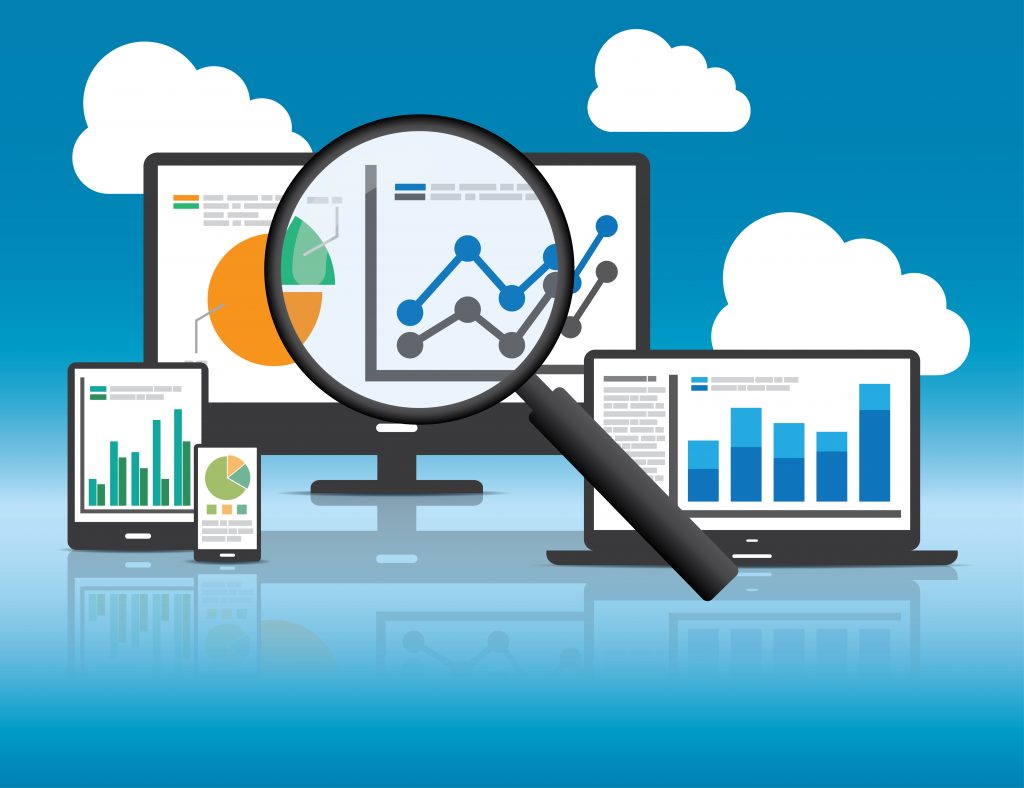APM for Microservices Monitoring

For starters, there is no such thing as a “small problem” with a monolith. If one area of the application “breaks,” it’s virtually impossible for it to not significantly impact some other area, too. Likewise, an application essentially had to be totally “finished” to be deployed – you couldn’t roll functionality out as it was completed, you had to wait for the whole thing to be done before getting your product into the hands of end users everywhere.
Thankfully, there IS a better way to handle your application development needs these days. It’s called the microservices architecture, and it brings with it a host of unique advantages that your organization cannot afford to ignore any longer.
What are Microservices?
What are microservices? At their core, microservices are not structured as monolithic applications but instead as a series of smaller and more independently deployable services. Thing of it best as a series of tiny applications that all operate essentially independently from one another. Taken together, however, they add up to that larger application that we’re used to – this despite having smaller services that are more singularly focused in their goals.
Again, this brings with it a host of unique advantages – chief among them being the fact that debugging microservices is far easier than debugging the monolithic applications of yesteryear. If there is some type of problem with one of the services, developers can work on that one in isolation WITHOUT impacting the rest of the application structure. Likewise, if anything about a particular service needs to be updated, reconfigured or optimized it can be – all without delaying the inevitable rollout of the rest of the functionality that they’re concerned with. On a related note, the process of how to move microservices is equally straightforward when your individual services aren’t as closely connected as they would be in a monolith.
Along the same lines, microservices also bring with them one of the most important benefits of all – productivity and speed in equal measure. The individual services that you’re talking about in this type of infrastructure can be both developed and deployed independently from one another. This means that developers can quickly get started on and roll out the core functionality of the app, even if the entire application isn’t “totally finished” in the strictest sense of the term.
When you’re designing a monolith with five teams working on various parts, you largely have to wait for all five teams to be totally finished with their work before you can deploy the app. With microservices, you can do so one at a time so your end users can get started using your product (and you can get your product to market) as quickly as humanly possible.
Why is Monitoring the Health of Microservices Important?
With regards to the use of an application performance monitoring tool with microservices, one of the most important things for you to understand comes down to exactly what you’re trying to accomplish. With microservices, monitoring is a term that refers to the collection and displaying of data related to all key performance metrics that matter given what you’re trying to accomplish with your app.
This concept, coupled with observability, doesn’t just tell you what is going on with your application at any given moment – it also tells you WHY. This necessary context gives you insight into why certain issues are occurring, all so that you can stop treating the symptoms and start curing the disease, so to speak.
How to Monitor Microservices
In order to best monitor microservices, you’ll want to use a tool that allows you to focus on these core areas:
- First, you need to monitor not only your containers in a general sense, but also what is going on inside them.
- Then, you’ll need to be able to set up alerts on service performance, not just container performance.
- You’ll also want to monitor services that may be in multiple locations to get a clearer picture of what is going on.
- Don’t forget to monitor all associated APIs, too.
- At that point, you can map your monitoring to your organizational structure – thus making sure that your microservices are always aligned with your long-term goals as a business.
Tools to Monitor Microservices
By far, one of the tools to monitor microservices takes the form of Application Performance Monitoring, from InfluxData. It’s a tool designed to help you maintain a flawless user experience with your responsive applications by way of a dynamic app that puts a priority on the continuous integration and delivery you need.
This and other tools that fall under the “metrics as a service” umbrella allow you to get deep insights for early detection, monitor in a way that lets you optimize the user experience, automate workflows and provisioning and much, much more.
In the end, they’re an ideal way to enjoy all of the advantages that microservices bring with them with as few of the potential downsides as possible – which is why if you haven’t already started to look into them for your own deployment, now would be an excellent time to start.


























